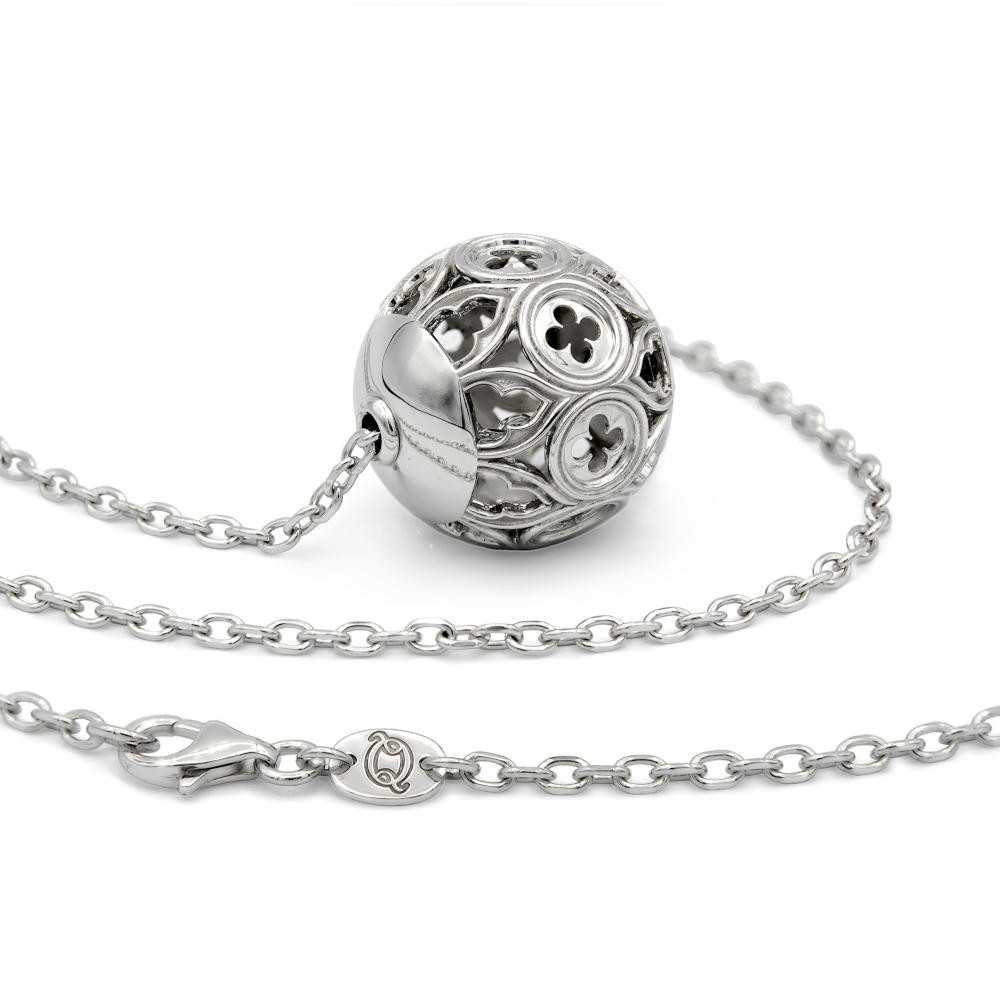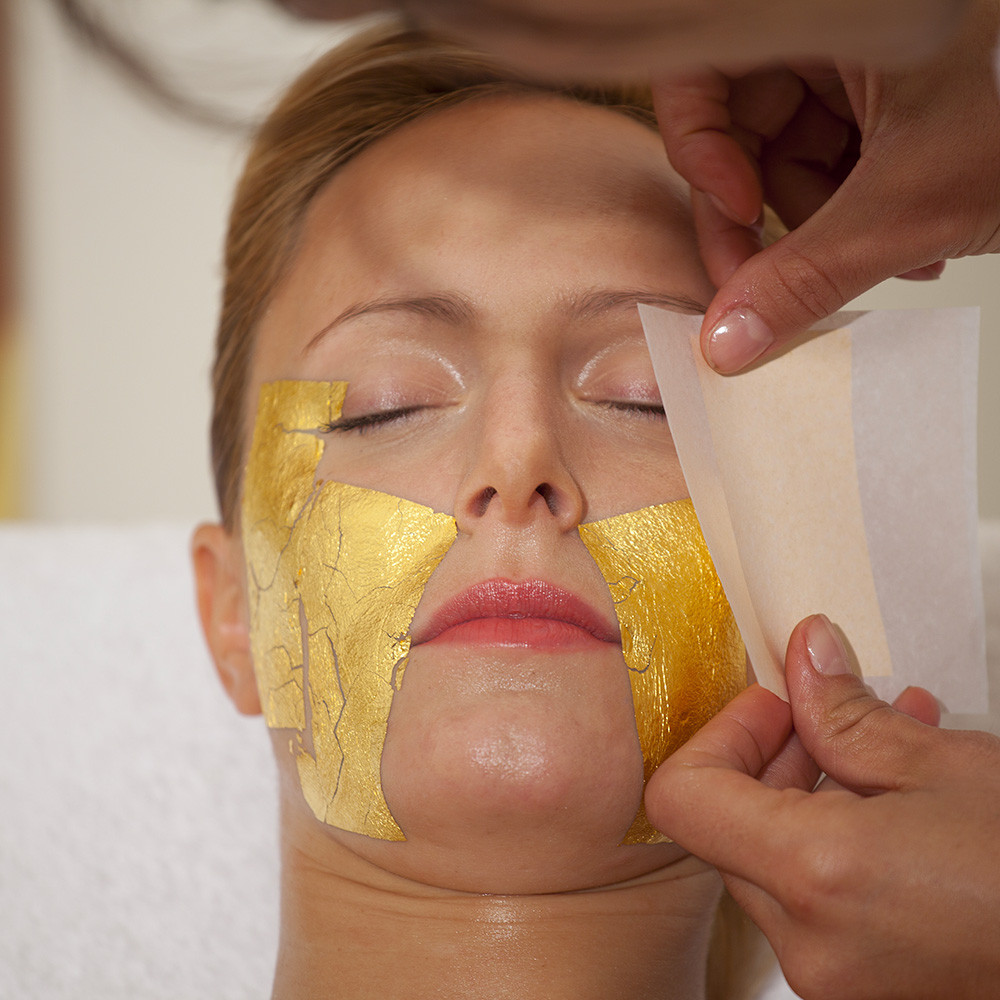
If 8 December, Immaculate Conception, opens the Christmas calendar, 6 January, Epiphany Day, closes the festive period. The two days have one thing in common in Venice, an event that is particularly popular among Venetians, who meet in St Mark's Square.
On these two days, the Clock Tower is home to a small-scale wonder: a carousel of wooden statues with the Three Wise Men and an angel are set in motion and parade along the balcony
of the tower's south façade, paying homage to the sculpture of a virgin.
Statues that come to life thanks to ancient mechanisms inside the tower, generally known for the "Moors", the two bronze statues at the top representing two shepherds who beating the bell to mark the hours. The peculiarity is that the shepherd with the beard, also known as 'the old man', starts up two minutes before the exact time, marking the past, while the young two minutes later, marking the time to come.
The term Epiphany was used by the Greeks to describe the way in which a divinity manifested itself through a sign, a vision, an apparition, a dream or a miracle. In the Christian world, this indicated the
manifestations of Jesus, which the Western Church celebrated primarily with the coming and adoration of the Magi from the East.
An East that has always been very present in Venice, a city where the Western and Byzantine traditions meet and an undisputed protagonist of the city that has generated dialogue between these two civilizations, which for centuries generated exchanges of people and goods, knowledge and reciprocal know-how. It was from Venice, then, pilgrimages to the Holy Land traditionally departed: another reason to celebrate the Epiphany with objects made by true Venetian master craftsmen.




